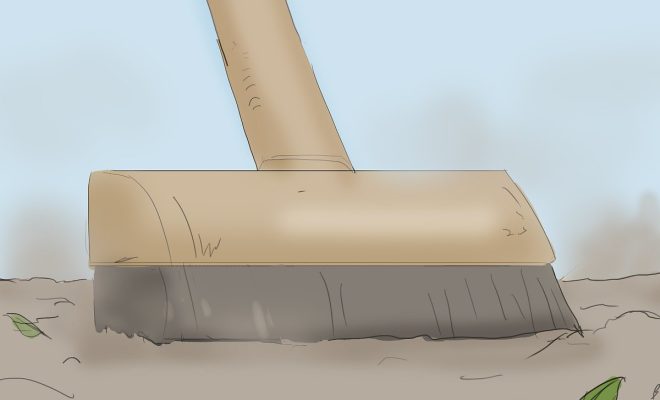How to Build a Livestock Fence

Introduction
A well-built livestock fence is essential for any farm or ranch, as it not only helps keep livestock safe and secure but also prevents them from wandering off your property. In this article, we will discuss the steps involved in building a sturdy, lasting livestock fence for your farm.
1. Determine Your Needs and Fence Type
The first step in building a livestock fence is determining the specific needs of your farm. Consider the types and sizes of animals you have, their behavior, and grazing patterns.
There are various fence types available, each with its advantages and drawbacks. Here are some common types:
– Barbed wire: This traditional fencing option is cost-effective but can be harmful to animals if they get caught in it.
– Woven wire: This type of fence is a popular choice for containing smaller livestock like sheep and goats. It provides good visibility but may require more maintenance.
– Electric fence: Electric fences provide an effective barrier that won’t harm your animals but may require ongoing maintenance (e.g., battery replacement).
– Board or rail fence: This visually attractive option can be expensive and labor-intensive to install but is suitable for horses and other valuable animals.
2. Choose Your Posts
The next step is selecting the right type of posts for your fence. Wood (treated or hardwood), metal (steel or aluminum), or even plastic posts are available. Consider factors such as material cost, durability, ease of installation, and compatibility with the chosen fencing material before making a selection.
3. Measure Your Perimeter
Carefully measure the entire perimeter where you plan to build your livestock fence. Use measuring tapes or wheel-type measuring devices to ensure accuracy, and stake out the corners with flags or marking paint.
4. Plan the Spacing and Dig Holes for Fence Posts
Spacing between posts will depend on your chosen fencing material and animal type. For example, a woven wire fence may require posts every 12-16 feet, while a board fence may need posts every 8 feet.
Once you’ve determined your spacing, use a post hole digger or auger to dig holes for your fence posts. The depth of the holes should be approximately one-third the length of your posts to ensure stability.
5. Install Fence Posts
Place fence posts in the dug holes and use a spirit level to ensure they are straight up and down (plumb). Fill the hole with soil or concrete mix, and tamp it down to eliminate any air pockets or voids around the posts. Allow concrete to cure for at least 24 hours before attaching fencing material.
6. Attach Fencing Material
Now that your posts are securely in place, it’s time to attach your chosen fencing material. Follow manufacturer instructions for proper installation techniques and required fasteners, ensuring adequate tension for the material.
For some fencing types, such as woven wire, using a fence stretcher will help achieve proper tension. Additionally, be sure to securely attach gates and any other access points.
7. Regular Maintenance
Once your livestock fence is complete, regular maintenance is necessary to ensure its longevity. Inspect your fence periodically for broken wires, loose boards, or damaged posts. Make repairs as needed to prevent possible injury to your animals and maintain a secure enclosure.
Conclusion
Building a livestock fence may seem like an overwhelming task at first glance, but with careful planning and execution, you can create a secure enclosure for your animals that will serve you well for years to come. By following these steps and regularly maintaining your fence, you will provide a safe and secure environment for your livestock while enhancing the overall appearance of your farm.



